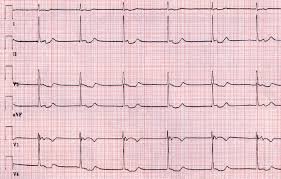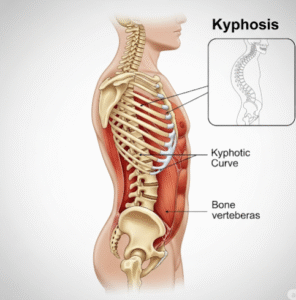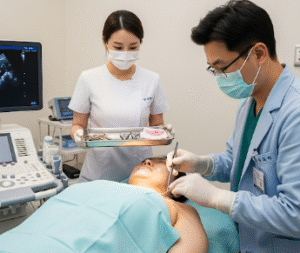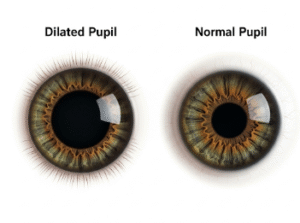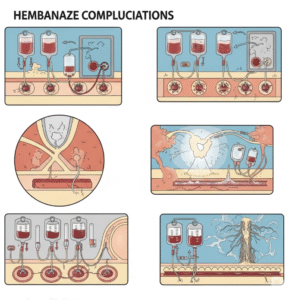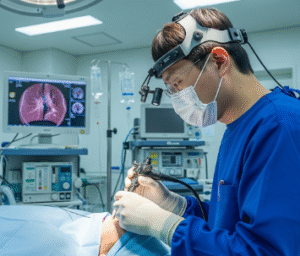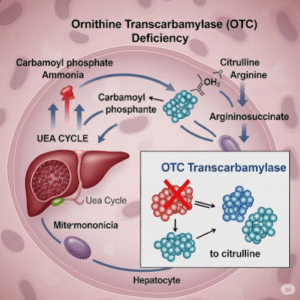Overview
Hydrocephalus is a neurological condition characterized by the accumulation of cerebrospinal fluid (CSF) within the brain’s ventricles, leading to increased intracranial pressure. In Korea, hydrocephalus is treated with advanced neurosurgical techniques, early diagnosis programs, and specialized pediatric and adult neurosurgery centers. Prompt treatment is essential to prevent brain damage and improve quality of life.
What is Hydrocephalus?
Hydrocephalus occurs when CSF, which cushions and nourishes the brain, accumulates due to obstruction, poor absorption, or overproduction. This condition can affect infants, children, and adults. In infants, it may present as an enlarged head, while in adults, symptoms often include cognitive changes, gait disturbances, and urinary incontinence.
Symptoms
- Enlarged head in infants
- Headache
- Nausea and vomiting
- Blurred or double vision
- Balance or gait difficulties
- Cognitive decline or confusion
- Urinary incontinence (in adults)
Causes
- Congenital malformations (e.g., spina bifida, aqueductal stenosis)
- Brain tumors or cysts
- Infections (meningitis, encephalitis)
- Head injuries or traumatic brain injury
- Bleeding within the brain (intraventricular hemorrhage)
Risk Factors
- Premature birth
- Family history of congenital hydrocephalus
- Advanced age (for normal-pressure hydrocephalus in adults)
- Prior central nervous system infections or brain trauma
- Brain tumors or cysts
Complications
- Cognitive impairment and developmental delays in children
- Permanent brain damage if untreated
- Vision problems due to optic nerve compression
- Motor deficits and gait disturbances
- Seizures
- Life-threatening intracranial pressure if untreated
Prevention
- Prenatal care to detect congenital malformations
- Preventing infections during pregnancy and infancy
- Protective measures to prevent head injuries
- Prompt treatment of brain infections and hemorrhage
Treatment Options in Korea
Korean hospitals provide advanced neurosurgical and supportive care for hydrocephalus.
- Diagnosis:
- MRI and CT scans to detect CSF accumulation
- Ultrasound in infants
- Neurocognitive and gait assessments in adults
- Medical and Surgical Treatments:
- Ventriculoperitoneal (VP) shunt: Most common treatment, redirecting excess CSF to the abdominal cavity
- Endoscopic third ventriculostomy (ETV): Minimally invasive procedure to bypass CSF obstruction
- Medication to temporarily reduce CSF production in specific cases
- Specialized Care in Korean Hospitals:
- Seoul National University Hospital – pediatric and adult neurosurgery
- Asan Medical Center – advanced shunt and endoscopic procedures
- Samsung Medical Center – comprehensive neurological care and post-operative rehabilitation
- Follow-Up Care:
- Regular imaging to monitor shunt function
- Physical and occupational therapy for motor or developmental improvement
- Cognitive rehabilitation and educational support for children
Korea’s healthcare system combines state-of-the-art neurosurgical techniques with multidisciplinary follow-up, ensuring effective management and improved outcomes for hydrocephalus patients.


